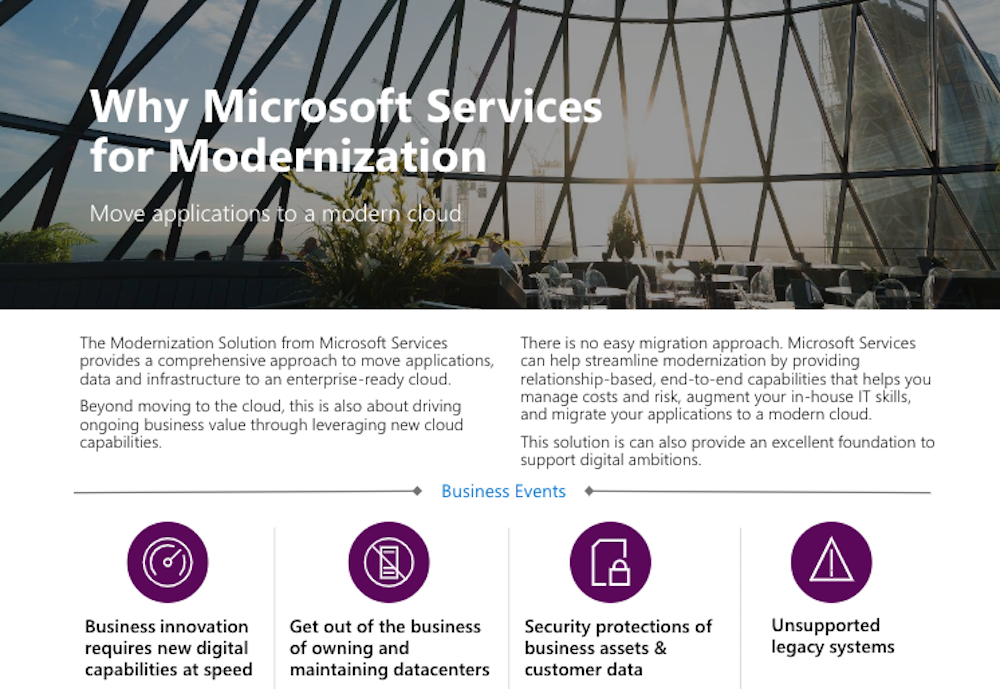Thanks to AI, business applications will soon be able to answer complex questions, help users navigate interfaces, and enable cloud vendors to reduce support from personnel to manage their loads. AI is also being used in various software applications to help decision-makers identify and automate repetitive tasks, improving employee productivity. Increased understanding of how to better implement AI in business applications likely will lead to the emergence of new features, such as natural-language processing (NLP), that can help managers interact in more-intuitive ways with AI-powered apps.
In this article, you’ll learn about the innovative features powered by AI and machine learning (ML) that you can expect to see in business applications in the next five years.









